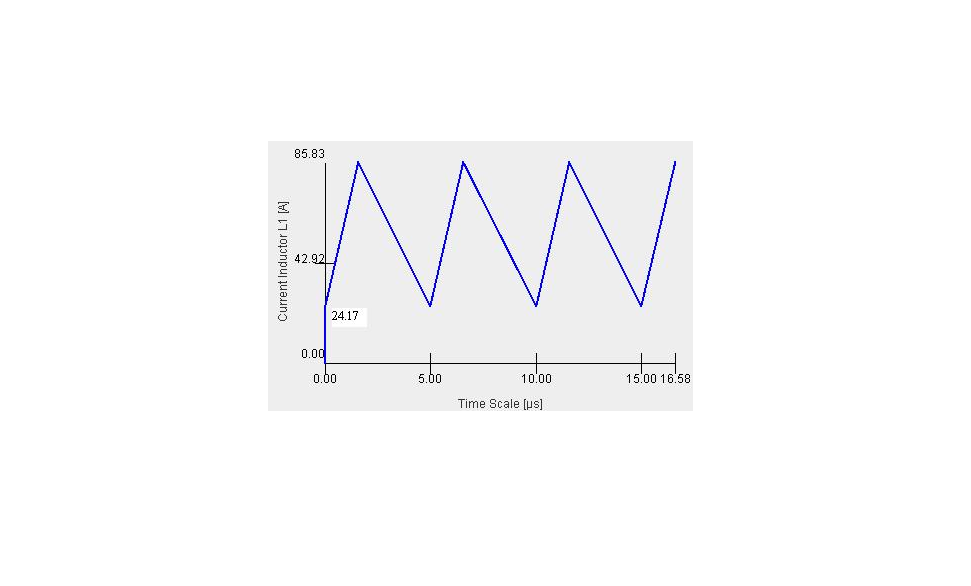Hi,
In the TI application note - 'Designing a Phase Shifted ZVT Power Converter' page3-6, it is mentioned that 'During the left leg transition, this situation reverses and the winding initially conducting full current decays to zero. The secondary which initially had zero current will conduct the full output current at the end of this transition'.
From my understanding, The initial current is the same for both secondary windings because the initial condition is that the primary winding voltage is zero due to the secondary current. This is contradict to the above statement in the TI app note.
Hope you can help me on this.
Thank you.6371.Designing a Phase Shifted ZVT (TI).pdf
Regards,
KK



